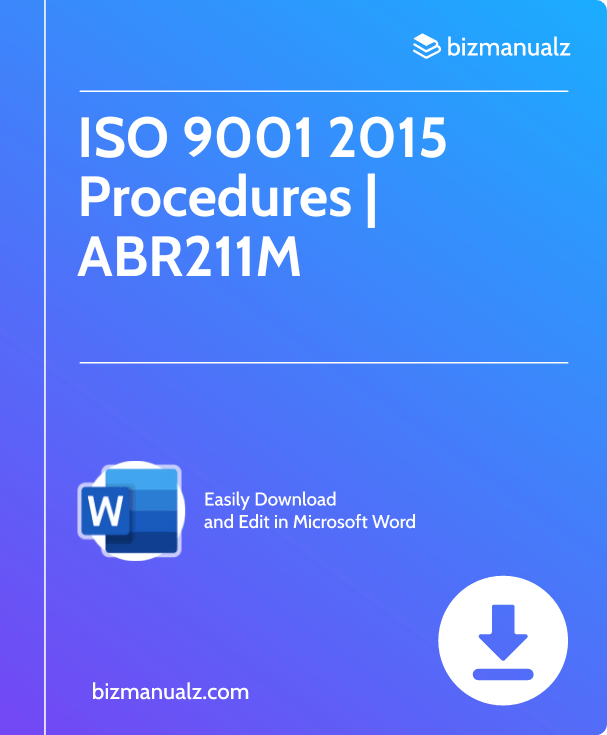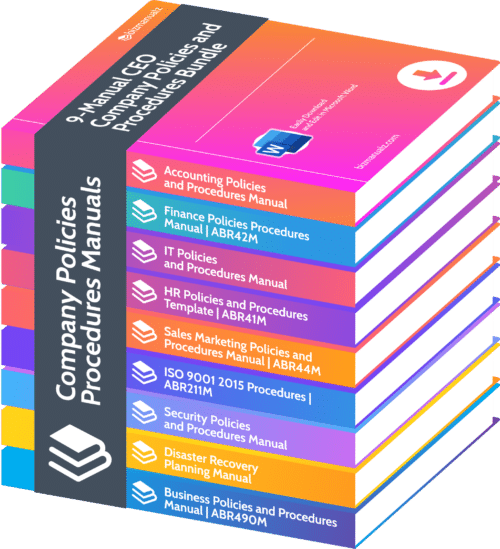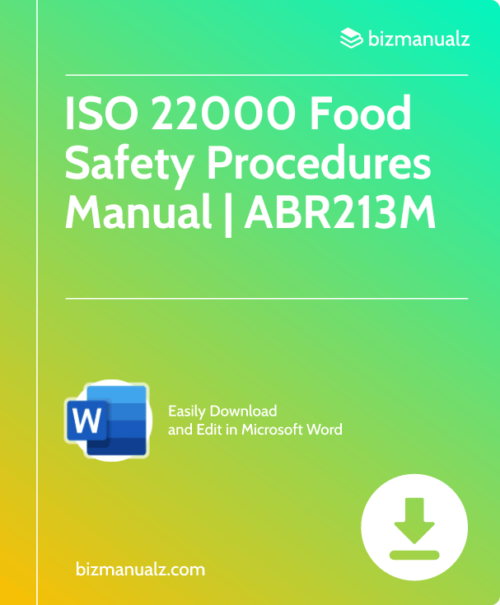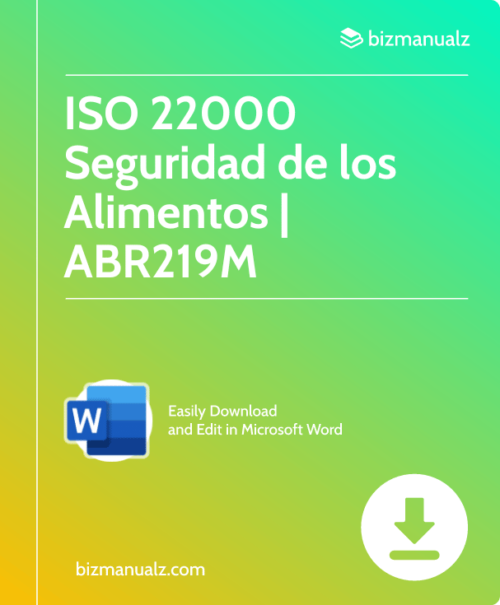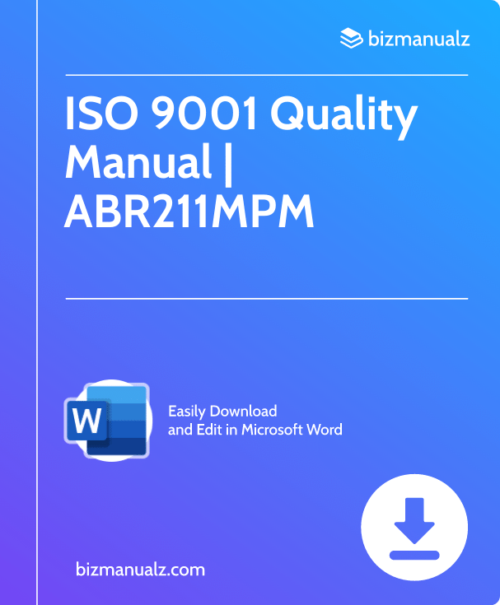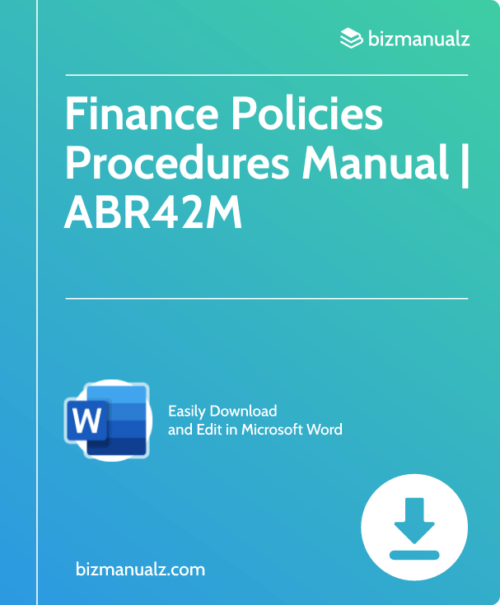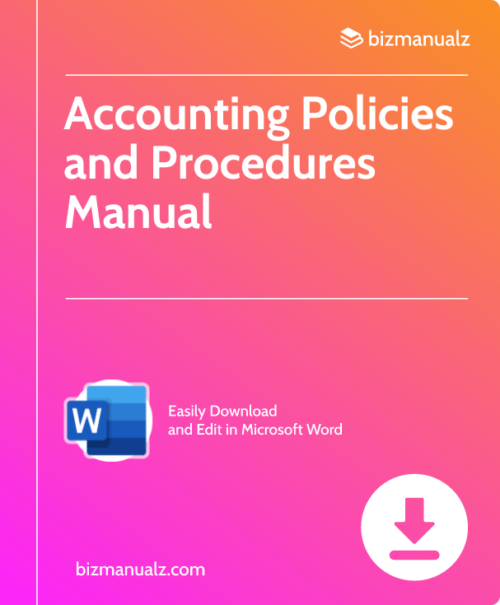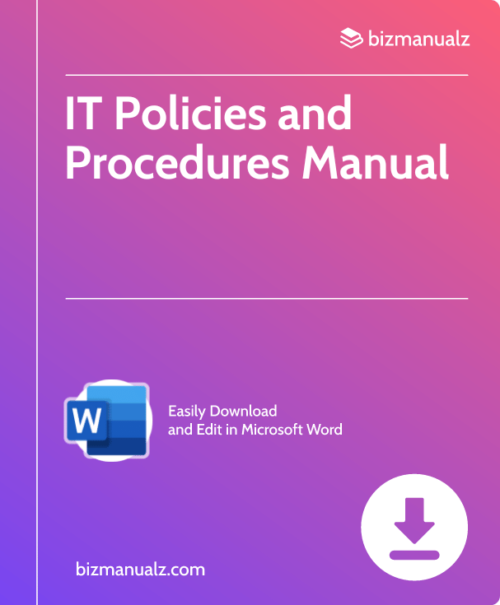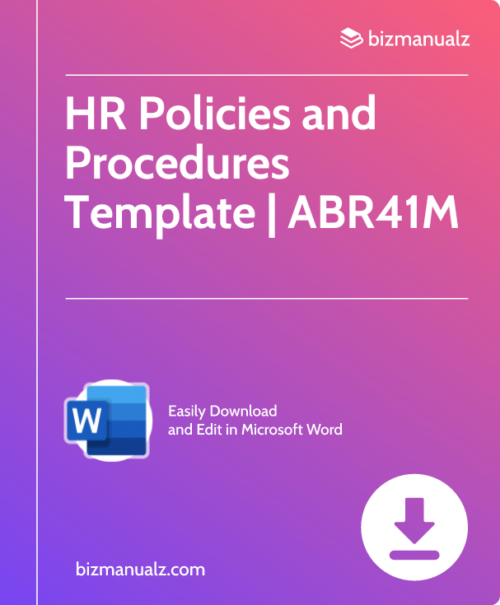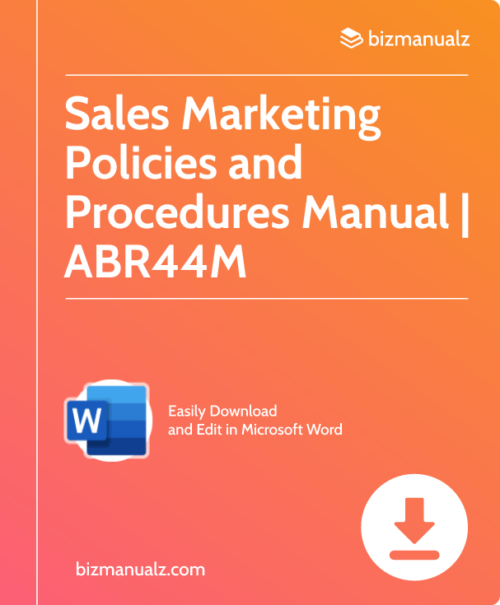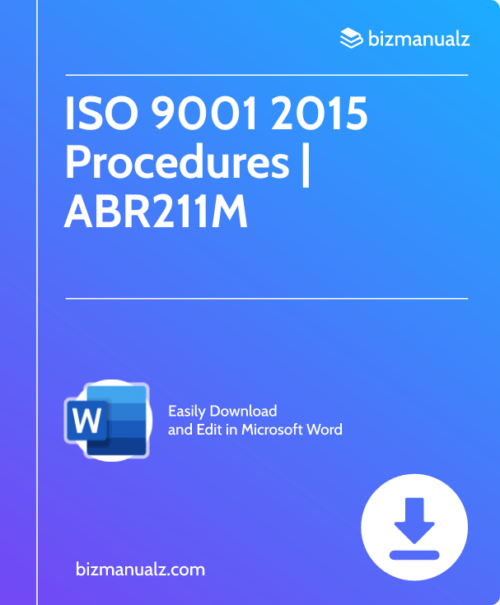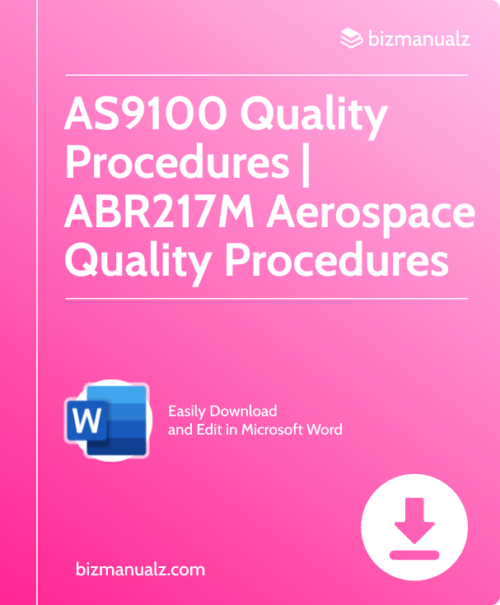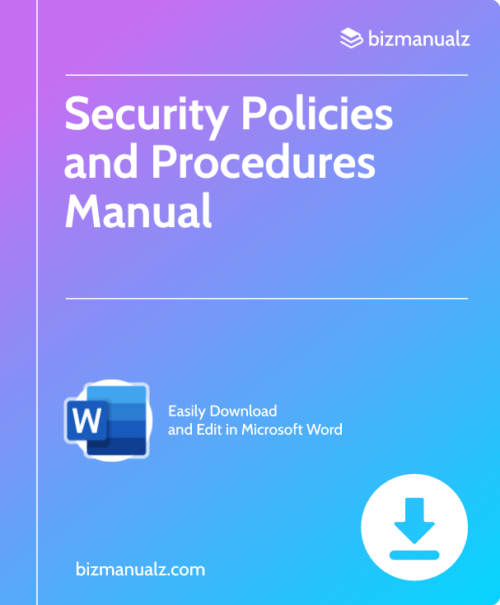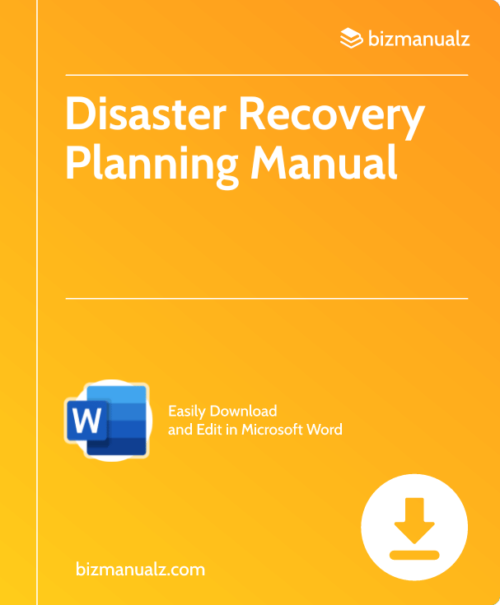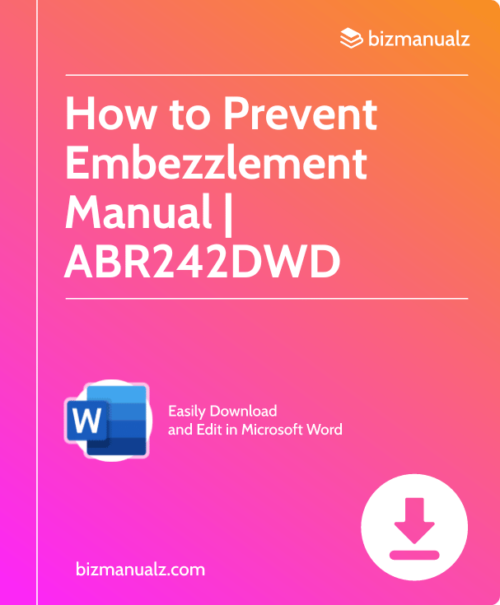ISO 9001 2015 Procedures
Prewritten ISO Quality procedures make it easy for you to comply with the ISO 9001:2015 quality standard. With the purchase of this ISO 9001 Procedures Manual, you can develop an effective quality management system. It includes editable MS Word files for the following:
More info
- ISO 9001:2015 Introduction
- “How To” Manual Preparation Guide
- Two Sample ISO Quality Manual
- 24 prewritten ISO Quality Procedures
- 57 corresponding ISO forms
- 25 ISO Job Descriptions
ISO 9001 | ISO Quality Forms
Forms
- Approved Vendor List ISO
- Audit Plan ISO
- Audit Program ISO
- Audit Report ISO
- Calibration Log ISO
- Corrective Action Log ISO
- Corrective Action Report ISO
- Critical Vendor-Contractor Evaluation ISO
- Customer Order ISO
- Customer Satisfaction Survey ISO
- Customer Service Log ISO
- Design Completion Checklist-Electromechanical Devices ISO
- Design Completion Checklist-Non-Electromechanical Devices ISO
- Design Review Checklist ISO
- Document Control Log ISO
- Document Request ISO
- Employee Competence Matrix ISO
- Employee Development Plan ISO
- Employee Group Training Record ISO
- Engineering Change Notice ISO
- First Article Inspection Report ISO FAI
- Individual Training Record ISO
- Inspection-Testing Checklist ISO
- ISO Calibration Record ISO
Forms (cont.)
- Job Descriptions ISO
- Management Review Meeting Record ISO
- Material Problem Report ISO
- Nonconformance Report ISO
- Nonconforming Material Log ISO
- Post-Sale Satisfaction Report ISO
- Preventive Action Log ISO
- Preventive Action Report ISO
- Product Design Release ISO
- Product Release Authorization ISO
- Product Test Record ISO
- Project Plan ISO
- Purchase Order Follow-Up ISO
- Purchase Order ISO
- Purchase Order Log ISO
- Purchase Requisition ISO
- Quality Audit Checklist ISO
- Quality Records List ISO
- Receiving Inspection Report ISO
- Receiving Log ISO
- Return Materials Authorization ISO
- Vendor Audit Checklist ISO
- Vendor Performance Log ISO
- Verification Checklist ISO
ISO 9001 Procedures
Procedures
Procedures (cont.)
- Manufacturing Control
- Monitoring-Measurement
- Monitoring-Measuring Resources Control
- Nonconforming Output Control
- Nonconformity Corrective Action
- Order Acceptance
- Preproduction Planning
- Project Planning
- Purchasing
- Receiving Inspection
- Risk Opportunities Management ISO 9001 2015
- Situational Analysis ISO 9001 2015

